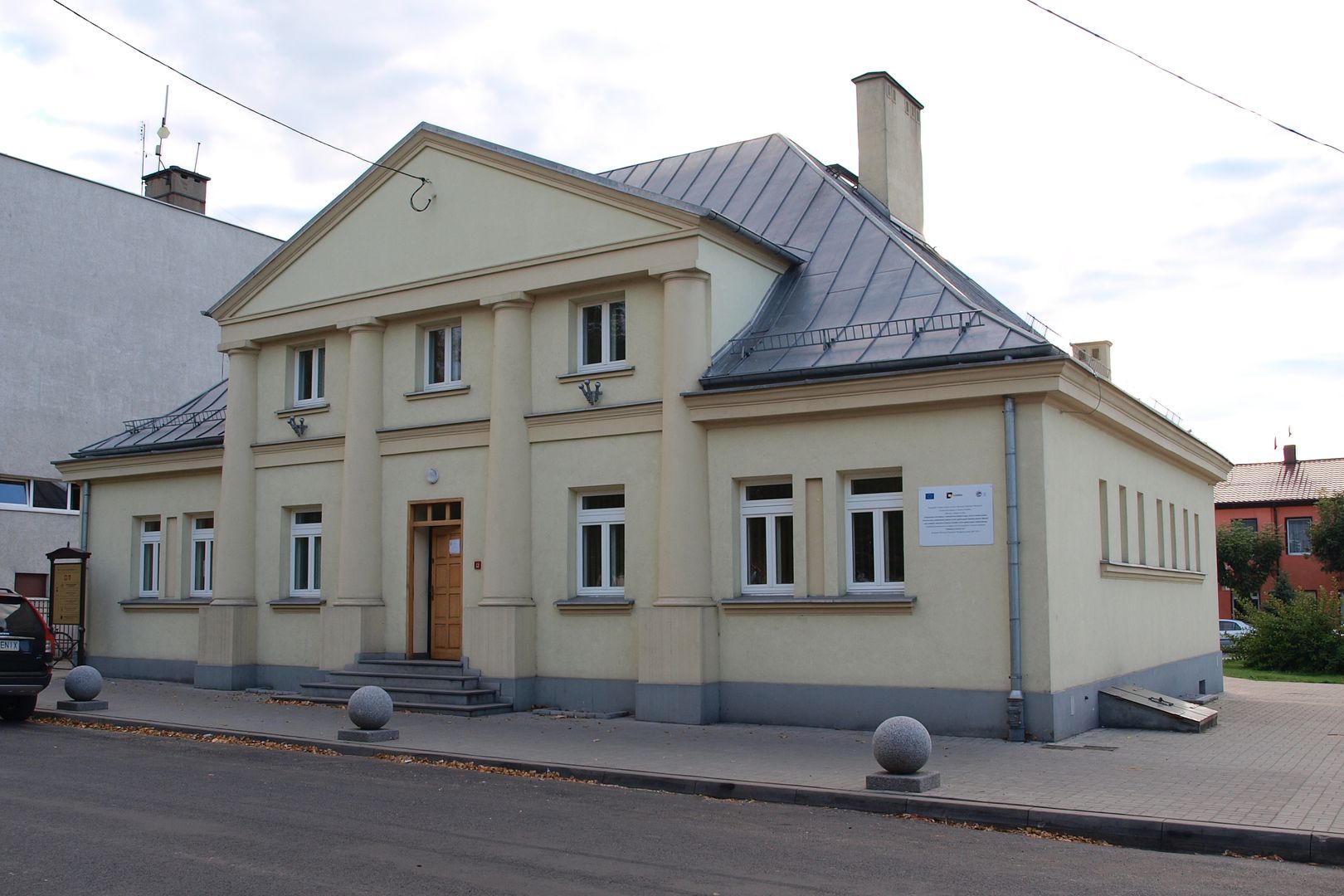Blaszki
6.08

Overview
Błaszki, a town in the Łódź Voivodeship, located in the Sieradz County, is a settlement with a rich history dating back to the times of the Polish–Lithuanian Commonwealth, where in the 13th century it served as a parish seat. The oldest known document concerning Błaszki comes from 1437. In 1652, King John II Casimir granted the town market privileges, and in 1729, Błaszki obtained town rights. Economically, it developed mainly due to crafts, including cloth-making and tanning, and later also weaving and shoemaking as part of the Kalisz-Mazovian industrial region. Before World War II, the town had about 5,700 inhabitants, nearly 50% of whom were Jews, who were murdered by the Germans. After the war, Błaszki lost part of its Jewish heritage, and the renaming of the town to Schwarzau by the German administration left a mark on the memory of the local community. The town features numerous historic sites, such as the Church of St. Anne, built between 1779 and 1789, the community center "Błaszkowianka," and several residential houses from the turn of the 18th and 19th centuries. In recent years, Błaszki has become a hub of cultural activity, offering various classes at the Cultural Center, which hosts artistic groups, including a brass band. Residents have access to a kindergarten, primary schools, and a high school. The local sports club, Piast Błaszki, and scouting organizations also contribute to local activity. Błaszki, as a center for small-scale footwear, furniture, and food industries, benefits from well-developed transport infrastructure, including national and regional roads. The town is also a meeting place for various religious communities, including the Roman Catholic Church and Jehovah's Witnesses. Although the population in 2023 was 1,987, Błaszki stands out for its rich history, architecture, and the local community's engagement in cultural and sports life.
Location
2025 Wizytor | All Rights Reserved